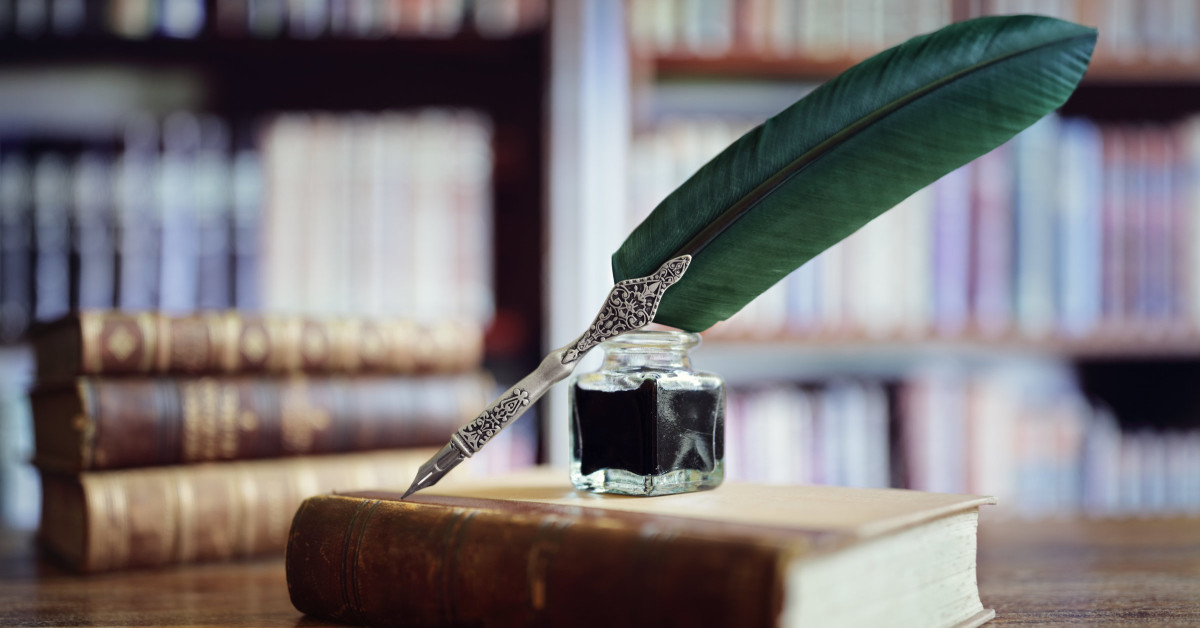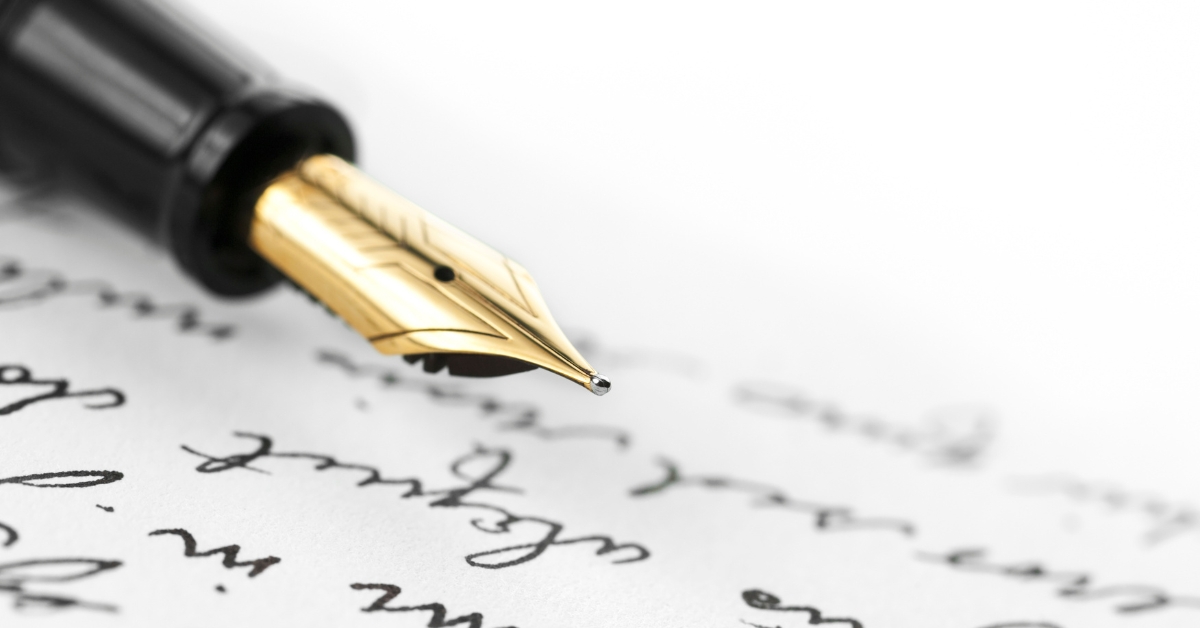From Quill to Calligraphy Pen- How Calligraphy Has Evolved Over Time

Calligraphy is an ancient art form that has been around for centuries. It is the art of beautiful handwriting, and it has been used for many different purposes throughout history. The word “calligraphy” comes from the Greek word “kallos”, meaning “beautiful”, and “graphein”, meaning “to write”. In this article, we discuss from quill to calligraphy pen- how calligraphy has evolved over time. And how it is now used for both artistic and practical purposes.
Early Forms of Calligraphy
The art of calligraphy has been around for centuries, with early forms dating back to the 4th century. The quill was the most common tool for calligraphy early on, and was typically made from a goose feather. Ink was made from a variety of materials, including soot and other natural dyes. The quill was dipped in the ink and then used to write on parchment or other suitable materials.
As calligraphy became more popular, different tools and materials were developed to make the process easier and more efficient. The calligraphy pen was invented in the 19th century. It used a needle to make thin lines and a swage to make thick lines.
The Development of Calligraphy
The tools and techniques used in calligraphy have developed significantly through the years. Early calligraphers used quills made from bird feathers to write on parchment or paper. The quill was dipped in ink and then used to create the desired lettering.
With the development of the calligraphy pen, the process became much simpler. The pen is filled with ink and then used to create the letters. The ink flows evenly from the pen, making it easier to produce consistent, beautiful lettering.
Today, calligraphy is still practiced by many people, and the tools and techniques continue to evolve. Calligraphers now have access to a variety of different pens and inks, making the practice more accessible than ever before.
The Evolution of Calligraphy
The art of calligraphy has also evolved significantly over time. From the use of quills and other traditional tools to the modern calligraphy pen. This evolution has been driven by both the need for more precise and detailed lettering. The desire for more artistic expression played a big role as well.
The use of quills dates back to ancient Greece, when they were used to writing on papyrus scrolls. Quills were also commonly used during the Middle Ages, as they were able to produce fine and detailed lettering. However, quills were also notoriously difficult to use, and the ink often smudged or ran.
When the modern calligraphy pen was introduced in the early 19th century, it quickly revolutionized the art of calligraphy. The pen was designed to hold ink within its nib. This allowed for a steady flow of consistent ink that made beautiful lettering possible. The pen also became much cheaper to produce than the quill. Pens were available to more people, even amateurs who wanted to try their hand at calligraphy.
How Calligraphy Has Changed Over Time
We have seen how calligraphy has changed significantly over time, from the use of quills to modern calligraphy pens. The development of different writing tools has allowed calligraphers to create increasingly intricate and detailed works of art. The use of quills, for example, allowed for very fine and precise lines to be drawn. While the use of pens with nibs allowed for bolder, more expressive strokes. Calligraphy pens used today still use the same design, with some minor changes made by modern manufacturers.
Today, calligraphers have a wide range of pens and other tools at their disposal. This gives them greater flexibility in creating and expressing their art. As calligraphy has evolved, so too has the way it is used. Many modern calligraphers even use digital technologies to create their work.
How Calligraphy Is Used Today
Calligraphy has been with us for centuries, and its popularity has only grown in recent years. Today, calligraphy is used for everything from wedding invitations to business cards to art pieces. In the past, it was used primarily for religious texts, but today it is used for a wide range of applications. It’s a beautiful way to add a personal touch to any project. Regardless of how it is created, calligraphy is a stunning art form that is sure to impress.
Looking for a custom calligraphy piece for your project, event, or special day? Contact us today to get started.

